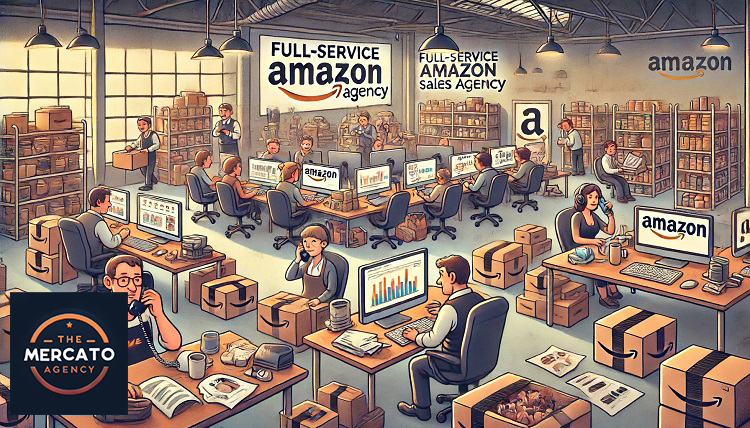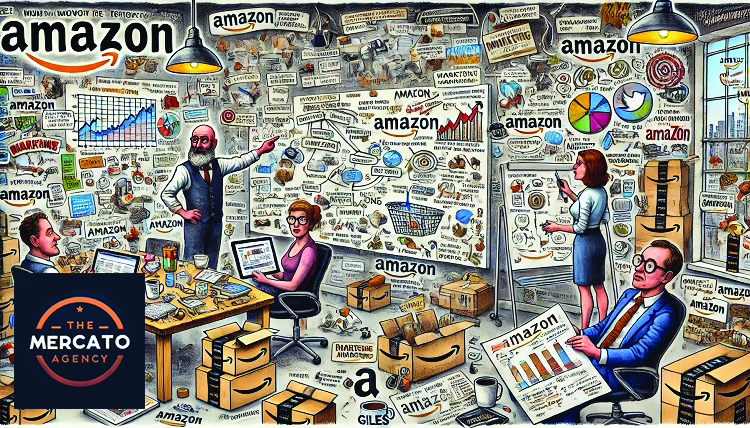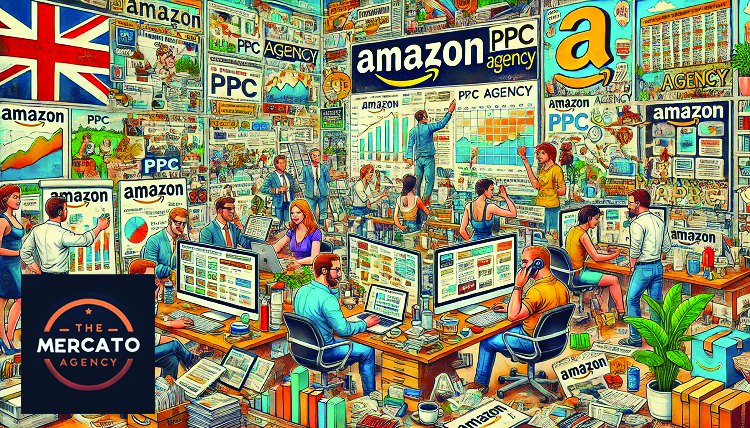Amazon vs. Shopify: The Pros And Cons For Sellers in 2024
As eCommerce continues to dominate retail, sellers face the crucial decision of selecting the best platform to grow their business. In 2024, the two most prominent platforms for online sellers—Amazon and Shopify—present distinct advantages and challenges. Each platform has its own ecosystem, customer base, and growth potential, making it vital for sellers to understand the pros and cons of each. Whether you’re an experienced brand or just starting, choosing between Amazon and Shopify requires a strategic approach to meet your specific goals.
The Amazon Advantage: Massive Audience & Established Trust
Amazon’s sheer size and credibility are its biggest selling points. With over 300 million active customers worldwide, Amazon offers immediate access to a large, ready-to-buy audience. Sellers don’t need to invest heavily in marketing to drive traffic; Amazon’s marketplace is bustling with shoppers who already trust the platform.
Pro: Built-In Traffic
Amazon sellers can capitalize on the platform’s extensive reach. Millions of customers visit Amazon daily with intent to buy. This allows sellers to focus on optimizing product listings rather than driving external traffic to their store.Pro: Fulfillment by Amazon (FBA)
Amazon’s Fulfillment by Amazon (FBA) service allows sellers to outsource warehousing, shipping, and customer service. This logistical advantage enables businesses to scale quickly without needing to handle the operational complexities of order fulfillment.Pro: Customer Trust and Conversion Rates
Since Amazon is a household name with a strong reputation, shoppers are more likely to convert. Buyers feel secure in knowing Amazon’s stringent product quality standards and responsive customer service are backing their purchase.Con: Competitive Fees and Tight Margins
However, Amazon’s benefits come at a price. With referral fees ranging between 8% and 15% of sales and additional charges for FBA, sellers can find their profit margins squeezed. Brands with lower margins need to be cautious about profitability on Amazon.Con: Lack of Brand Control
Amazon controls nearly every aspect of the customer experience. From product presentation to customer communication, sellers have limited opportunities to personalize their branding. Additionally, competitors can list similar products on your listing, intensifying the competition.
Shopify: Full Control, But You Build the Traffic
Unlike Amazon, Shopify is not a marketplace but a comprehensive eCommerce platform that allows businesses to create their own online stores. With Shopify, sellers maintain full control over their brand, website design, and customer data.
Pro: Brand Autonomy
Shopify empowers sellers to build their unique brand identity. From customizable website designs to personalized email marketing campaigns, Shopify sellers have total control over how their business is presented to the world.Pro: No Marketplace Fees
While Shopify does have subscription fees, sellers aren’t paying a percentage of every sale as they do on Amazon. This can lead to higher profit margins, especially for businesses with high-volume sales.Pro: Wide Integration with Apps and Tools
Shopify’s app store offers thousands of integrations that allow sellers to optimize their eCommerce experience. Whether it’s inventory management, email marketing, or customer service, Shopify’s robust ecosystem of apps can streamline business operations.Con: Driving Traffic Can Be Challenging
The biggest challenge for Shopify sellers is traffic generation. Unlike Amazon, which brings shoppers directly to your products, Shopify sellers must invest heavily in marketing, SEO, and paid advertising to attract customers. Building a loyal customer base from scratch requires significant time and resources.Con: Handling Logistics Independently
Although Shopify does integrate with fulfillment services, sellers are responsible for managing their own logistics, from warehousing to shipping. This can be overwhelming for small businesses or those with complex inventory needs.
Which Platform is Right for You in 2024?
Choosing between Amazon and Shopify in 2024 boils down to your business model, goals, and resources. If you’re looking for immediate access to a massive customer base and prefer to outsource fulfillment, Amazon is likely your best option. However, if you want to build a unique brand, maintain control over your customer data, and prioritize higher margins, Shopify might be the better choice.
Many successful eCommerce businesses opt to leverage both platforms simultaneously. By selling on Amazon and Shopify, brands can capitalize on Amazon’s vast audience while building long-term brand equity through their own Shopify store.
The Mercato Agency: Your eCommerce Growth Partner
Navigating the complexities of selling on Amazon or Shopify can be challenging. At The Mercato Agency, we specialize in helping businesses maximize their success on both platforms. Whether you need help optimizing your Amazon listings, managing fulfillment, or driving traffic to your Shopify store, our team of eCommerce experts is here to guide you every step of the way.
Ready to accelerate your eCommerce growth? Contact The Mercato Agency today for a tailored strategy to scale your business on Amazon, Shopify, or both!
Useful Links:






